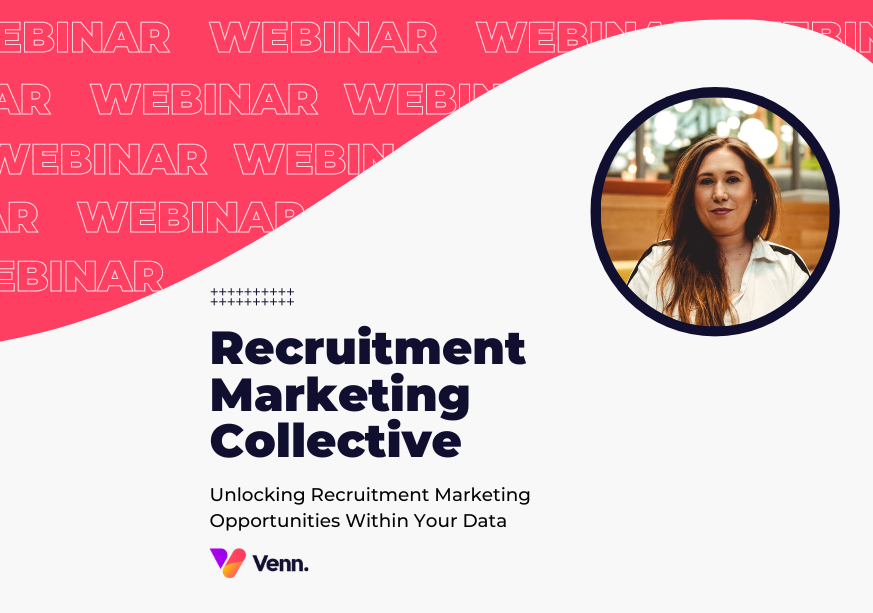
For as long as I can remember, I’ve been obsessed with stories. Some of my earliest memories consist of being enthralled by Tigger and terrified of jellyfish. I remember spending afternoons cheering on Crash Bandicoot as he rode on a wild hog, evading a boulder of Indiana Jones-like proportions.
I became infatuated with every historical period I studied at school. I imagined being inside the Trojan Horse and what I’d do as an enslaved pyramid builder if my binds fell loose. I’d run, if I could muster the energy. I still stump up for books, cinema trips and video games in the effort of escapism.
Crafting stories is something I have always aspired to do and I’ve never understood why businesses don’t use it more effectively in online environments. You only have to look at TV adverts like John Lewis’ Christmas features. This year their underlying sales rose in December and chocolate penguins were also in demand.
Their ads are simple storytelling at its best. They introduce likeable characters, stir in some emotional conflict and slide in their branding at the end. They don’t mention specific products or offers but they connect with people and secure sales every year.
The border between entertaining and selling is thin
We are told to tell stories to children, to help fuel their imaginations or get them to sleep – to benefit their lives in the short and long term. It isn’t a stretch to say that this also applies to your web audience.
Stories connect with people’s motivations. They interact with emotions and feelings, a highly important factor in communication that also passes into trust and selling. They alter opinions on a deeper level and build trust and loyalty.
There’s a reason people sing songs and tell scary stories around campfires rather than talk about work. It’s the same reason you don’t talk about numbers during a first sales meeting. If a visitor is viewing your website for the first time, particularly via a long search query, they will want to learn more about you.
Visitors need to trust you before they will spend with you. When did websites become the place to hard sell anyway? To relentlessly highlight offers and throw specifications around? Where’s the human touch gone?
Emotional connections can do as much for your business as cold facts
On a fundamental level, even basic stories are an art form. They can present a topic or subject to an audience in a new, eye-opening way. If your visitor isn’t moved by your sales pitch, relevant stories can change their mind or at least keep them tuned in to your brand. A well-placed case study, detail or striking quirk can make them see your brand differently.
You could file this under ‘optimising your sales funnel’, if you really want to. I prefer to say different audiences need different content. Whether it catches attention or informs the reader of a situation or product, a relatable story will pull people into your brand. Hitting people who don’t know about your brand, product or service with a hard sales pitch is unlikely to pay off.
So, what makes a story? Fundamentally: A hero, a hook, some conflict and a resolution. This can be used by businesses in multiple ways. Case studies, testimonials and branded pages, like About Us and Our History pages, all provide excellent opportunities. People who land on these pages want to be enthused, to be met with a company they can believe in. Characters and factual accounts tend to capture this need more than timelines and financial growth.
Outside of actually telling stories, brands can also connect with people with their tone of voice. Your website, emails, blog and social presence are all written representations of your business and should fall under your tone. An effective tone of voice will distinguish a company as a brand and can lead to increased customer loyalty.
But why worry about your tone and stories when you could be selling, right?
Because content is selling.
Even when it isn’t.
Sure, you don’t want to be yapping on about how you helped the Thompson family plan and install their new Jacuzzi when a current customer just wants to get to their loaded basket. There’s a time and place. For somebody on your product or services pages, an insight into your attitude or previous success story may help to seal their business.
Your visitor may not be ready to complete your desired action, they may just be looking into their options well in advance. At this point, they need to buy into your brand before they will buy your spiel and your offering. Cold facts may seal a deal with people who’ve bought into you, but they won’t move a stranger. Your competition have stats too. Good stats. Numbers that aren’t too dissimilar from your own.
There are many openings for telling a story and making an emotional connection. If you’re selling to people, talk about them. If you provide a recruitment service, stop talking about candidates and clients for a moment and get specific. Talk about people, not placements. Introduce Dave the IT Technician who decided he wanted to work on an Oil Rig. Discuss the barriers between him and his goal and what you did to help him overcome them. Better yet, get him to tell his story for you.
Let’s say you sell computers. Along with your specifications lists, discount offers and awards from reputable sources, include a story about how you have assisted a business or person get kitted out. Make no mistake, if people are buying from you, you will have helped them in some way. If nothing springs to mind, do surveys and interact with your customers.
The stories are out there, you just need to look for them
Perhaps the biggest argument I can make for storytelling is that I still remember the hippopotamus’ role in the creation of Um Bongo. I can even list the fruits mentioned in the advert. I can’t, however, recall the size of the cartons, the nutritional value or even the taste.
A good story sticks in ways that other details don’t.
Next time you’re chalking up a content plan, for specific landing pages, blogs or external publications, consider your story.
Flickr Creative Commons Image: Adam & Tess






